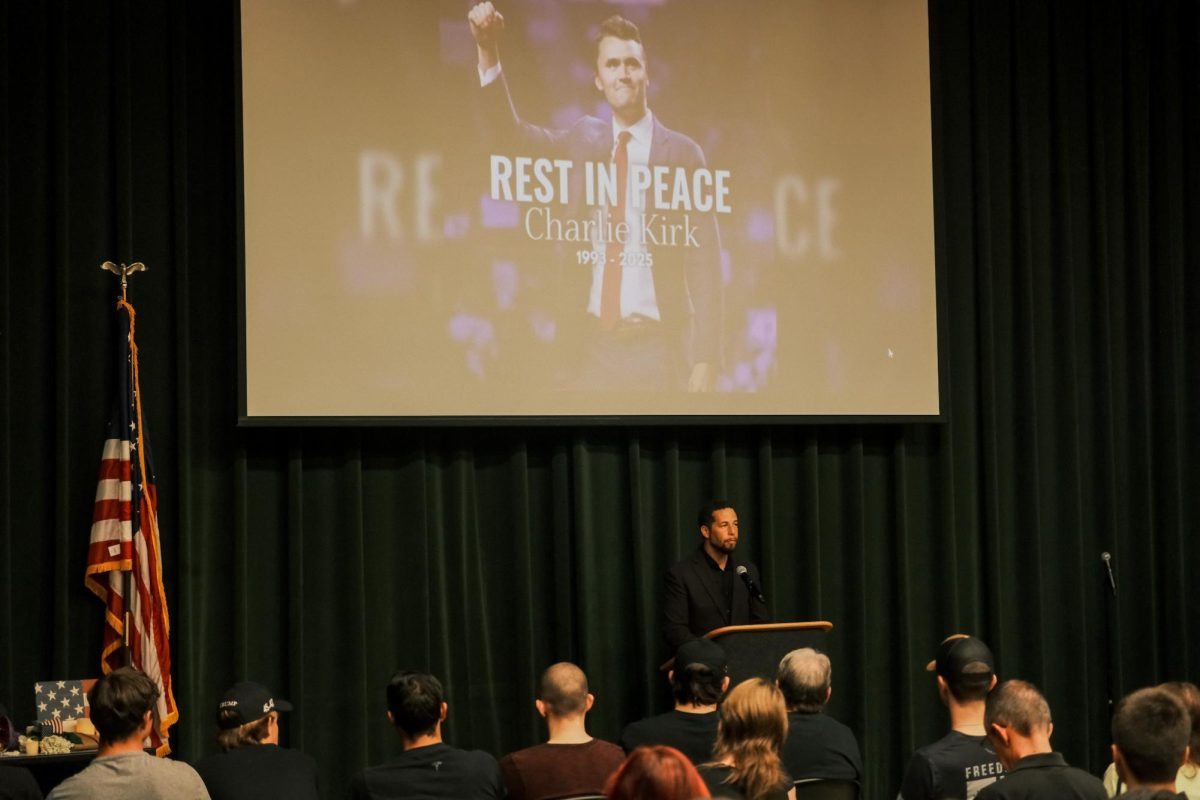Faculty express concerns regarding salary inequality
December 11, 2013
While the California State University reached an agreement with the California Faculty Association in August on a $960 base salary increase – faculty’s first cost of living adjustment since 2007 – Sacramento State’s faculty remains concerned about continuing problems of salary inequality between experienced and newer faculty.
Due to a nationwide competitive market, CSUs have offered higher starting wages, causing more senior faculty to be paid less than newer hirees, which is known as salary inversion.
In a letter addressed to President Alexander Gonzalez in October, Sacramento CFA President Kevin Wehr asked Gonzalez to address the issue by creating a campus-based salary equity program to resolve “continuing morale problems amongst the faculty.”
“I urge you stay true to your word to ‘do the unexpected’ and ‘redefine the possible’ by working to address the ongoing salary and morale problems at CSU Sacramento,” Wehr wrote.
While Wehr said he has not received an official response or acknowledgement from Gonzalez regarding the letter, Director of News Services Kim Nava said Gonzalez is aware of the CFA’s concerns.
She said Gonzalez is considering the long-term fiscal future of the campus, a responsibility he takes very seriously.
“In his job as president, he has to consider all aspects of a proposal, especially the implications [the CFA’s] proposal may have in all areas of a university,” Nava said.
Wehr said the CSU has been tight-fisted with money and continually refused to pay wage increases.
In its collective bargaining agreement with the CFA in 2007, the CSU agreed to implement the Equity Pay Program I, an initiative designed to address salary inversion primarily among assistant professors in 2008.
According to a 2007 study conducted by the Sacramento CFA chapter, faculty hired in 2006 with less than a year of experience earned an average starting salary of $61,087 while faculty hired in 2005 started with $60,048.
While the Equity Pay Program II attempted to address compression among associate professors with seven to eight years of experience in 2009, it was never implemented due to budget cuts.
Salary compression occurs when both parties are paid almost the same, despite varying years of experience.
A neutral panel conducted a fact-finding report in 2010 and concluded it was not economically feasible to grant a general salary increase, but did not dispute the growing issues of salary inversion and compression.
The current collective bargaining agreement, negotiated in 2010 and ending in June 2014, provides a mechanism for CSU campus presidents to implement their own equity salary program, also known as Equity Pay III.
With Equity Pay II being paid in August, Wehr said Gonzalez can now implement Equity Pay III to address the issue specifically at Sac State.
“If you want professors to do their best, you got to pay them for it,” Wehr said. “It’s Management 101. If you want good work out of your workers, reward them for their good work.”
Sacramento CFA Vice President Margarita Berta-Avila said the issue is demoralizing for faculty, and believes there should be equity for those who are experienced.
“(It) can put faculty in very hard situations which then forces them to maybe teach an extra class here or there or leave the campus to another university.” Berta-Avila said. “The latter is what we’re finding.”
Nava said Gonzalez has to continue to budget prudently to ensure long-term stability and health while considering the needs of all employees within the university and not just faculty.
She said he will continue to consider the proposal and the needs of Sac State as a whole.
Berta-Avila said the CSU remains a world-famous place to work and despite Sac State being below the national salary trend, she believes the school remains on a level-playing field due to its location and prestige.
“I think (Sac State) has a lot of potential, but at the same time there needs to be that support for faculty, (whether its) their salaries, the type of the research they want to conduct or the type of work they want to do with students,” Berta-Avila said.






























































































































